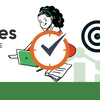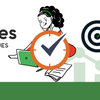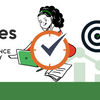
The 3-Minute Mindset Reset: A Daily Ritual to Regain Focus Instantly
This blog introduces the 3-Minute Mindset Reset, a daily focus technique designed to help readers instantly regain clarity and energy. It outlines a simple three-step routine that combines intentional breathing, self-reflection, and realignment. The article also explains how to track these resets in spreadsheets for better awareness and consistency. With tools like the Mood Tracker (Free) and Family Budget Planner (Spreadsheet), readers can create supportive systems to reinforce this powerful habit. Building this 3-minute ritual into your day is a practical and effective way to boost focus and reduce stress.
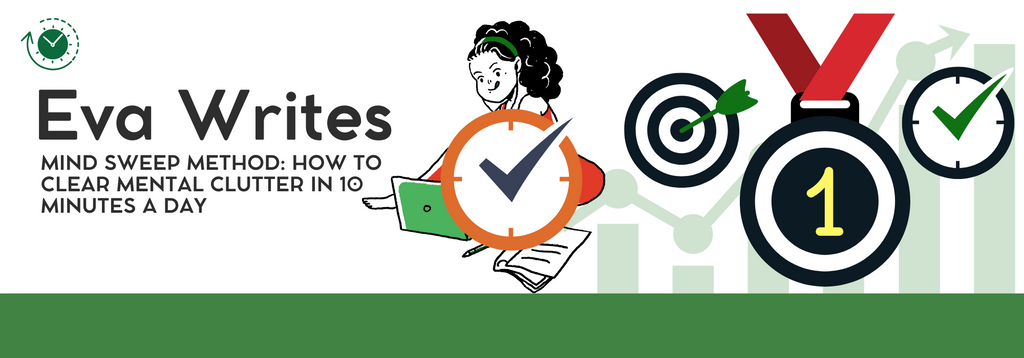
Mind Sweep Method: How to Clear Mental Clutter in 10 Minutes a Day
In this blog, we introduce the Mind Sweep Method, a simple yet effective technique for clearing mental clutter in just 10 minutes a day. By writing down everything on your mind, you externalize your thoughts and regain focus and control. The blog also includes tips for using tools like Excel habit trackers and Printable Mood Trackers to help you organize your thoughts and stay on top of your priorities. Implementing this method daily can reduce stress, increase productivity, and help you achieve long-term clarity. Ultimately, the Mind Sweep Method is a powerful habit that can enhance both your mental well-being and your productivity.

Habit Bundling: How to Combine Fun and Productivity for Long-Term Consistency
In this blog, we explore the concept of habit bundling, a technique for pairing productive habits with enjoyable activities to improve long-term consistency. By combining something you enjoy with something you want to accomplish, you make it easier to stay motivated and committed. We also discuss how tools like Printable Habit Tracker (23 Pages) and Excel spreadsheets can help you track your progress and stay organized. Habit bundling works by reinforcing new habits with positive emotions, making them easier to stick to over time. In the end, habit bundling offers a fun and effective way to build lasting habits and achieve your goals.

The 'Reset Hour': How to Use One Hour a Week to Recharge and Realign Your Goals
In this blog, we explore the concept of the “Reset Hour”, a one-hour weekly ritual to help you recharge, reflect, and realign your goals. By setting aside this time, you’ll be able to assess your progress, plan for the upcoming week, and make any necessary adjustments to stay on track. The blog also includes tips on using Excel tools like the Family Budget Planner (Spreadsheet) and Mood Tracker (Free) to enhance your productivity and organization. By developing a consistent “Reset Hour” practice, you’ll improve your focus, reduce stress, and stay aligned with your long-term objectives. This habit is the key to achieving sustained success in your personal and professional life.

The ‘Next Day Wins’ Journal: How to Set Yourself Up for Success Before You Sleep
In this blog, we explore the concept of the “Next Day Wins” journal, a powerful tool to set yourself up for success the night before. By reflecting on your day, prioritizing your tasks, setting intentions, and preparing for the morning, you can reduce stress and boost your productivity. Excel tips for organizing your journal, along with practical examples of how to use your Family Budget Planner (Spreadsheet) and Mood Tracker (Free), are included to help streamline your routine. Consistency is key, and using a habit tracker like The Ultimate Printable Habit Tracker (23 Pages) can help you stay on track. In the end, the “Next Day Wins” journal is a simple yet effective way to ensure a successful and productive day ahead.
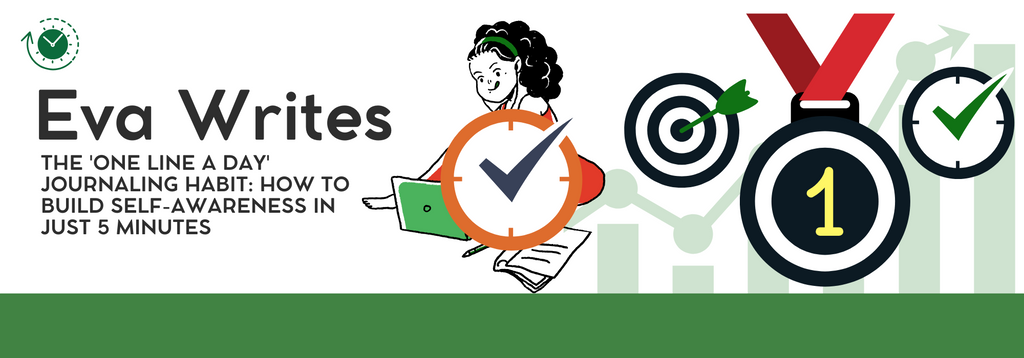
The 'One Line a Day' Journaling Habit: How to Build Self-Awareness in Just 5 Minutes
This blog explores the 'One Line a Day' Journaling Habit, a simple method to build self-awareness in just five minutes. It breaks down how daily reflections can improve emotional well-being, productivity, and mindfulness. The guide includes practical steps to start journaling and tips for using spreadsheets to track patterns and progress. Paired with tools like the Mood Tracker (Free) and Family Budget Planner (Spreadsheet), this habit empowers users to cultivate mindfulness without feeling overwhelmed. Small, consistent actions create lasting positive changes in self-awareness and mental clarity.
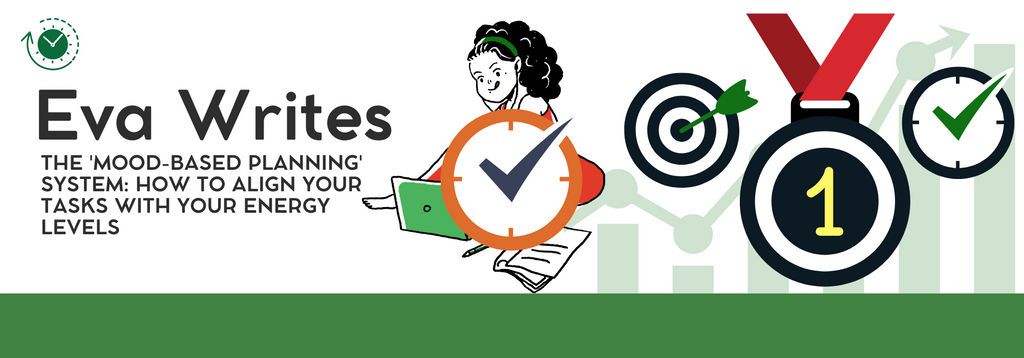
The 'Mood-Based Planning' System: How to Align Your Tasks with Your Energy Levels
This blog introduces the 'Mood-Based Planning' System, a productivity method that aligns daily tasks with natural energy levels. It outlines practical steps to track moods, categorize tasks, and use spreadsheets for better task management. The guide highlights how mood-based planning improves efficiency while preventing burnout. By offering product recommendations like the Mood Tracker (Free) and Family Budget Planner (Spreadsheet), readers gain actionable tools to implement this system. Aligning tasks with energy patterns is the key to sustainable, mindful productivity.
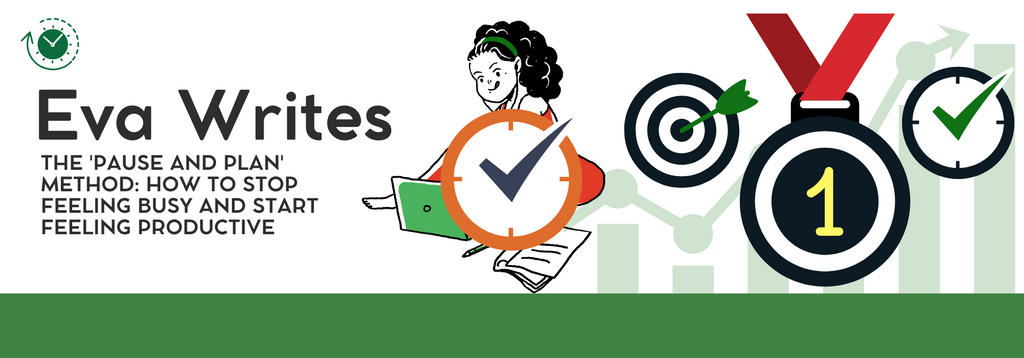
The 'Pause and Plan' Method: How to Stop Feeling Busy and Start Feeling Productive
This blog introduces the 'Pause and Plan' Method—a powerful approach to shift from feeling busy to genuinely productive. It outlines how intentional pauses combined with structured planning can help align daily tasks with long-term goals. The article highlights practical steps to implement this method, including leveraging spreadsheets and habit trackers for better organization. By addressing common challenges and offering product recommendations, this guide helps readers boost productivity without feeling overwhelmed. Discover how pausing and planning can transform your workflow and lead to greater efficiency.



